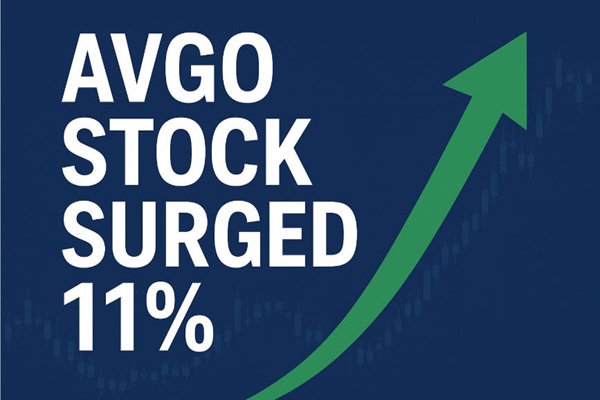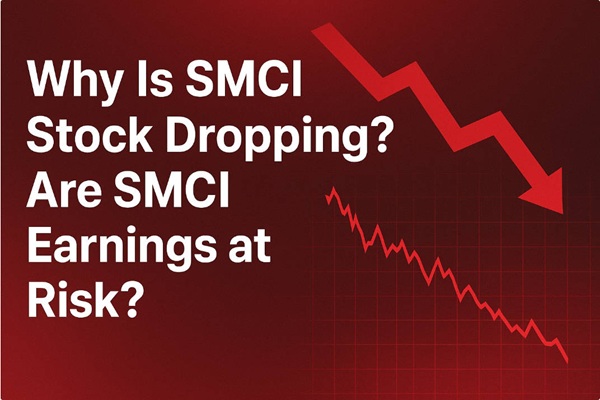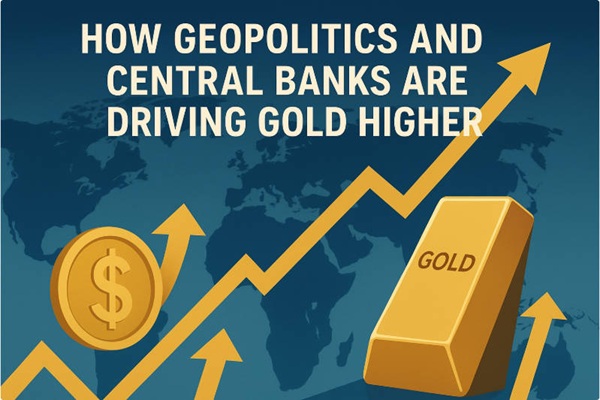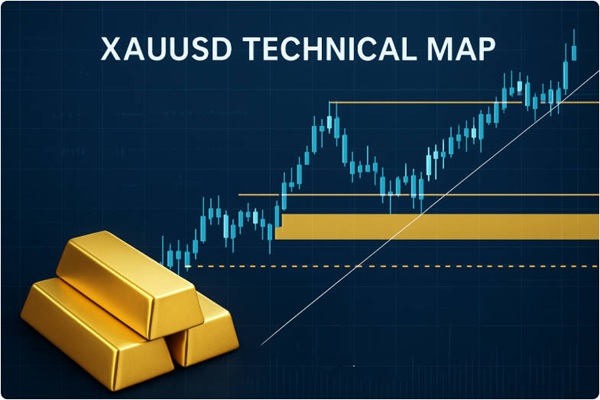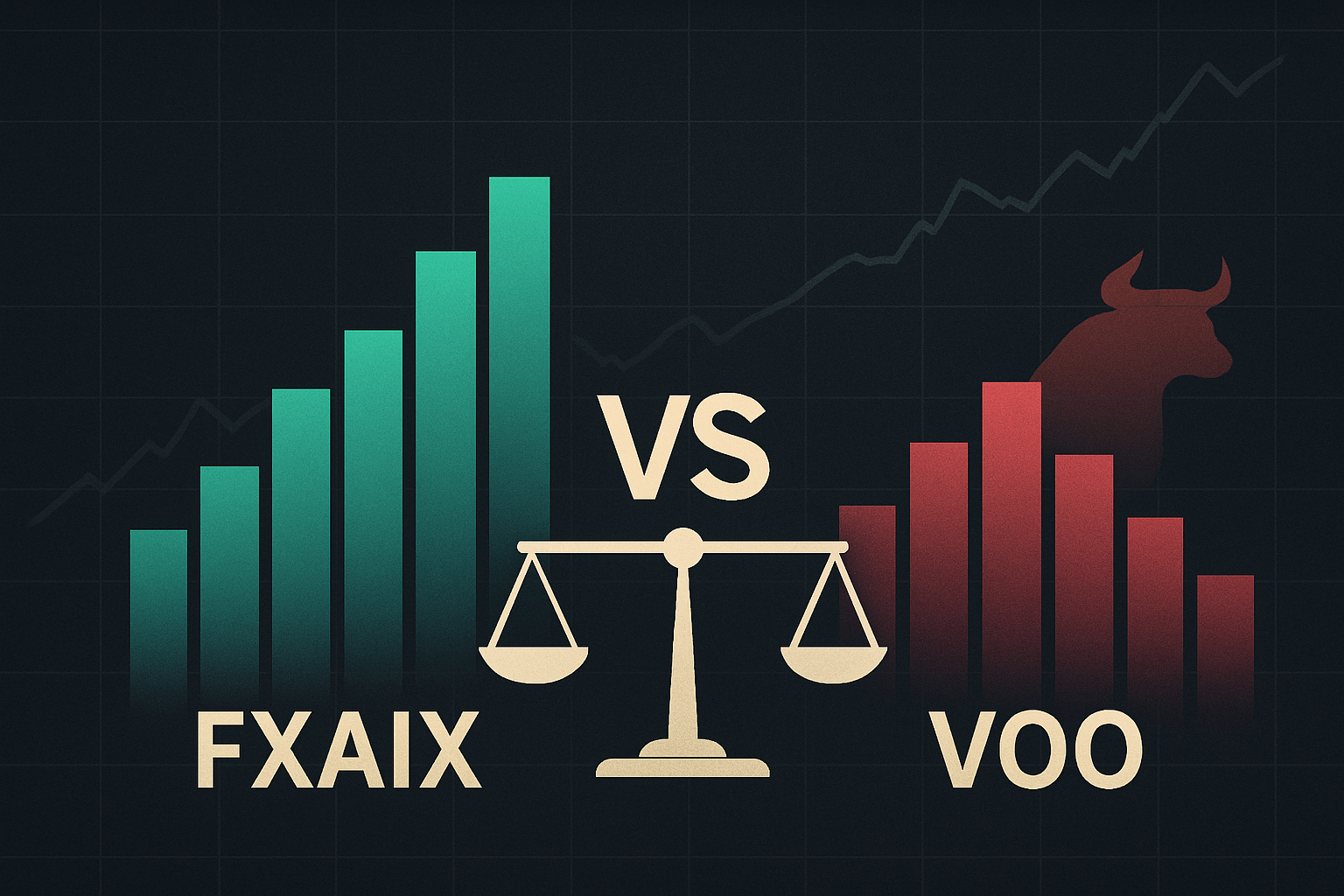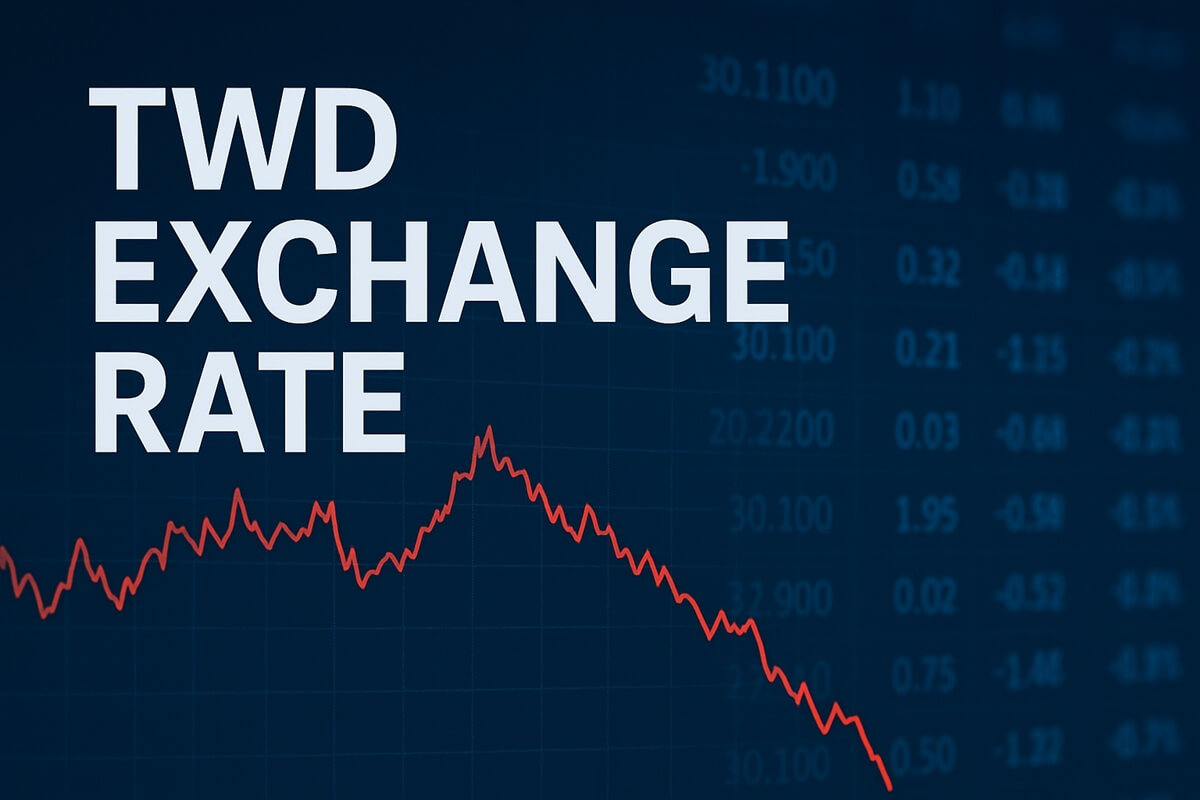
The New Taiwan Dollar (TWD) has come under intense downward pressure, with the TWD exchange rate against the US Dollar sliding to its lowest point in three months. On 22 August 2025. the USD/TWD rate reached 30.70. not only marking the fifth consecutive day of depreciation but also representing the weakest level since May. This shift in the TWD exchange rate is drawing significant attention across financial markets, raising questions about capital flows, external demand, and Taiwan's broader economic outlook.
Stock Market Outflows and Their Effect on the TWD Exchange Rate

One of the most immediate drivers behind the fall of the TWD exchange rate has been foreign capital outflow from the Taiwanese stock market. Data shows that on 20 August, global investors sold a net USD 2.38 billion worth of Taiwanese equities — the sharpest sell-off in nearly a year. Such outflows not only weigh heavily on domestic equity prices but also place pressure on the currency as investors repatriate funds abroad.
The link between foreign investment and the TWD exchange rate is well-established: when international investors reduce their exposure to Taiwan's financial markets, demand for the New Taiwan Dollar declines, accelerating its depreciation. Analysts at Yuanta Securities caution that persistent outflows may exacerbate exchange rate volatility, particularly given Taiwan's dependence on foreign capital for liquidity in its stock and bond markets.
US Dollar Strength and Global Economic Forces
The TWD exchange rate cannot be viewed in isolation. Much of the recent depreciation is also linked to the strength of the US Dollar. Renewed expectations of tighter monetary policy by the US Federal Reserve have made dollar-denominated assets more attractive, prompting capital shifts away from emerging-market currencies like the TWD.
Furthermore, global investors have sought the USD as a safe-haven asset amid uncertainty in the Chinese and European economies. The USD Index has edged higher in August, and because the USD/TWD pair is strongly influenced by movements in the dollar's overall performance, the TWD exchange rate has reflected this trend. ING's Greater China Chief Economist, Lynn Song, has noted that while Taiwan's July exports were encouraging, softer demand in August and concerns over tariffs may further weigh on trade and the currency.
Market Adjustments and Hedging Dynamics
In addition to external factors, market-specific positioning has also played a role in the weakening TWD exchange rate. Analysts suggest that part of the recent depreciation stems from adjustments in the derivatives market, where previous over-hedging of the US Dollar distorted price dynamics. As these positions unwind, the TWD has faced fresh downward pressure.
Wee Khoon Chong, Asia-Pacific strategist at BNY Mellon, argued that the sudden shift in hedging activity reflects broader concerns about volatility in Taiwan's technology-heavy equity market. However, he also emphasised that such pressures may be temporary, with stability likely to return once the Fed's future interest rate path becomes clearer.
Economic Consequences of a Weaker TWD Exchange Rate
The depreciation of the TWD exchange rate has both potential benefits and drawbacks for Taiwan's economy:
Export Competitiveness: A weaker TWD could strengthen Taiwan's export competitiveness, particularly in semiconductors and electronics, which remain the backbone of the economy. This might help offset slower demand from global markets.
Inflationary Pressures: On the downside, depreciation makes imports more expensive. Given Taiwan's reliance on imported energy and raw materials, this could contribute to domestic inflation and reduce consumer purchasing power.
Investor Confidence: Extended weakness in the TWD exchange rate risks undermining investor sentiment. If foreign capital continues to exit, this could reduce direct investment inflows and create further instability in the financial system.
Conclusion: What Lies Ahead for the TWD Exchange Rate?
The recent slide in the TWD exchange rate is the result of a confluence of stock market outflows, a stronger US Dollar, and short-term market adjustments. While depreciation may provide relief for exporters, it also raises risks of higher import costs and potential inflation. Analysts remain divided on the outlook: some expect the weakness to persist as capital flows remain volatile, while others argue that once the Federal Reserve's policy path becomes clearer, the TWD exchange rate could stabilise.
For Taiwan, the challenge lies in balancing the benefits of export competitiveness with the risks of capital flight and inflation. Policymakers will need to closely monitor both external and domestic conditions to safeguard economic stability in the months ahead.
Disclaimer: This material is for general information purposes only and is not intended as (and should not be considered to be) financial, investment or other advice on which reliance should be placed. No opinion given in the material constitutes a recommendation by EBC or the author that any particular investment, security, transaction or investment strategy is suitable for any specific person.












